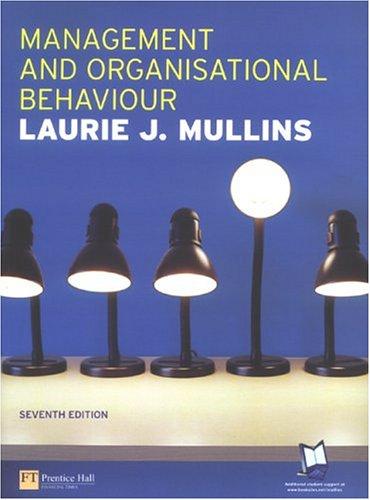Question
Comment on what you understand and don't understand from the two introductions. Explain in your own words. INTRODUCTION 1: People's music tastes have always
Comment on what you understand and don't understand from the two introductions. Explain in your own words.
INTRODUCTION 1:
People's music tastes have always fascinated me. I am especially confounded by the reasoning behind why people love one genre of music and hate another. For example, why do people hate country music? Don't get me wrong, I hate it too, but my own reasoning spurs off of the way it sounds and the general twangyness of it all, and I don't know if that's the way others feel. The way that music has evolved as a whole plays into people's music tastes, primarily taking into consideration the different styles of music we hear over each generation. For example, the general feel of the 60s and 70s was folk music, 80s and 90s hard rock, and then popular music shifted into "pop" music after the turn of the century.
This evolution has definitely intrigued me. Why is it that different generations sound different? Musicologists (aka music historians) have worked relentlessly to figure this out, and there's actually a ton of psychology behind this evolution, as well as taking into account the way that technology and instruments have evolved. After all, we now listen to music with headphones instead of gramophones.
We know that music has evolved because there is documentation of it. If there was no documentation, we would maybe be led to believe cavemen were listening to Britney Spears. However, this is not the case. We know that they were banging rocks together and grunting in unison because archaeologists have worked with musicologists to figure out when music first came into the picture. With proper documentation, musicologists can make connections between the first-ever notes produced to today's AI-generated music.
Regarding the psychology behind generational music tastes, proper documentation is also a key factor in making breakthroughs. Any sort of documentation, whether it is a journal, diary, graffiti, or self-centered autobiography, provides imperative information to researchers so that they can connect the dots.
INTRODUCTION 2:
Girl VS World: Viewing Misogyny in 2000s Pop Culture from a Writing Perspective
When thinking about the narratives surrounding women in Pop Culture of both present and past, why is it that in many instances press can be largely negative? Disregarding merit, truth, and honesty, the ways in which women have been written about can and have showcased blatant misogynistic tones. Women of both the celebrity and everyday realm have largely been held to an excessive degree of scrutiny, one which seems seldom applied to their male counterparts, and which has had feasible real life consequences. This issue has plagued society for some time now, however when looking to the past, the decade which has some of the most visible negativity directed at women would have to be the 2000s. Centered largely around this decade, this article communicates an understanding of how misogyny manifested itself in pop culture throughout 2000's from a writing study lens, analyzing the ways in which women were written about while moving across multiple facets of popular media divided into the categories of Music, Religion, Tabloid, and Health, looking at how its effects can be seen looking back from the present day perspective.
In order to understand the ways in which media has been used for misogynistic purposes, first the idea of media as a whole must be understood. Defined as the main means of mass communication, media as a concept spans multiple facets, having been present in society for quite some time but particularly picking up slack with the rise of television and the internet. For this article media sources were collected from various areas of writing, including studies in relation to misogyny and mental health, gossip articles from 2000s magazines, interviews with celebrity women in relation to experiences with misogyny in music culture, 2000s music videos, a dissertation chronicling the religious misogyny imbued by purity culture, a research paper detailing the parasocial relationship the media formed with Britney Spears in the 2000s, and a few articles looking at misogynistic issues of the 2000s retrospectively, all of which pertaining to the topic at hand.
Step by Step Solution
There are 3 Steps involved in it
Step: 1
Introduction 1 focuses on the authors fascination with peoples music tastes and the evolution of mus...
Get Instant Access to Expert-Tailored Solutions
See step-by-step solutions with expert insights and AI powered tools for academic success
Step: 2

Step: 3

Ace Your Homework with AI
Get the answers you need in no time with our AI-driven, step-by-step assistance
Get Started


